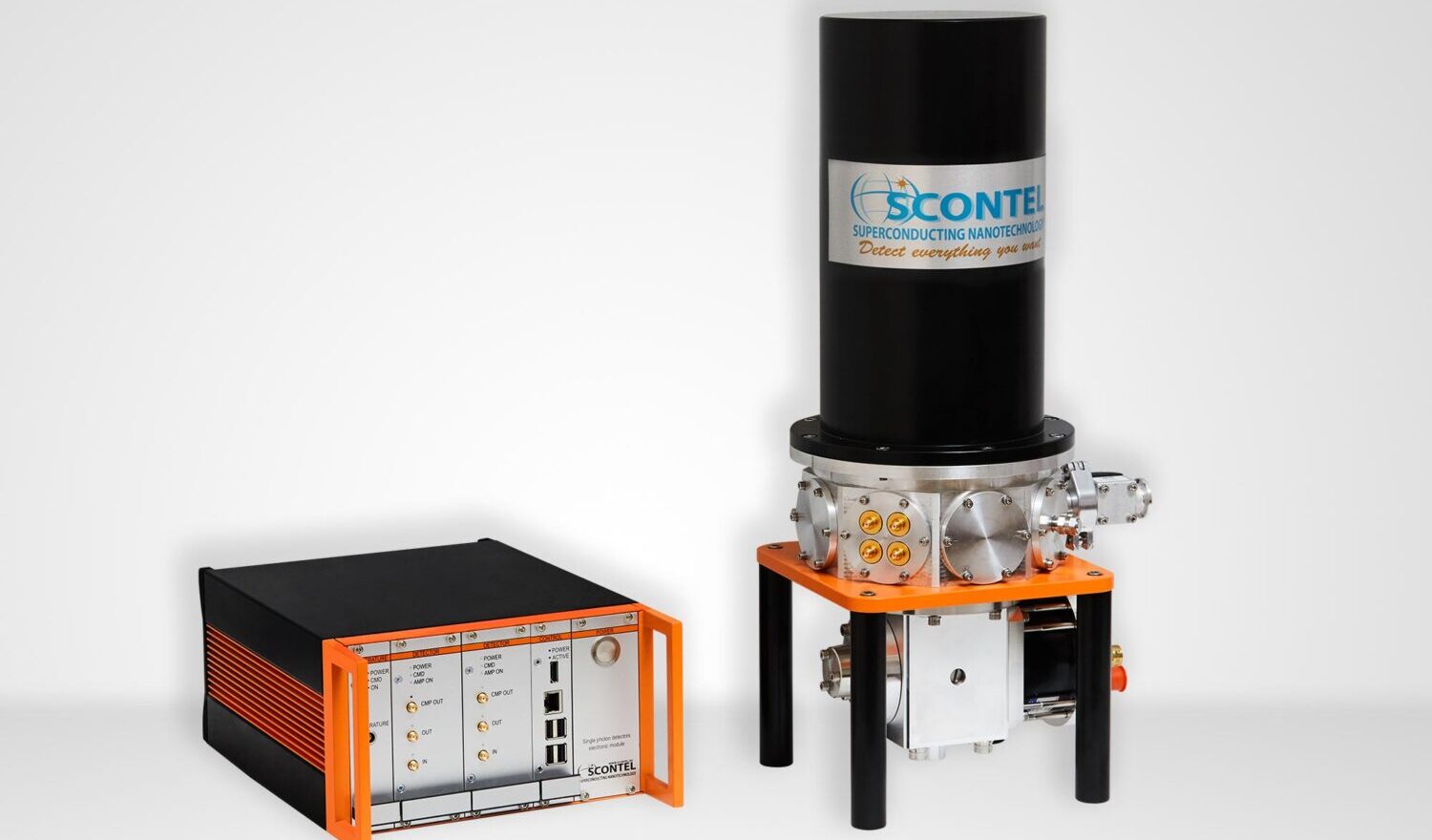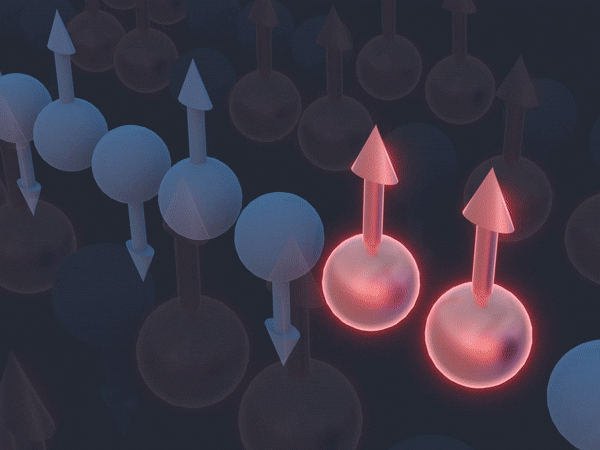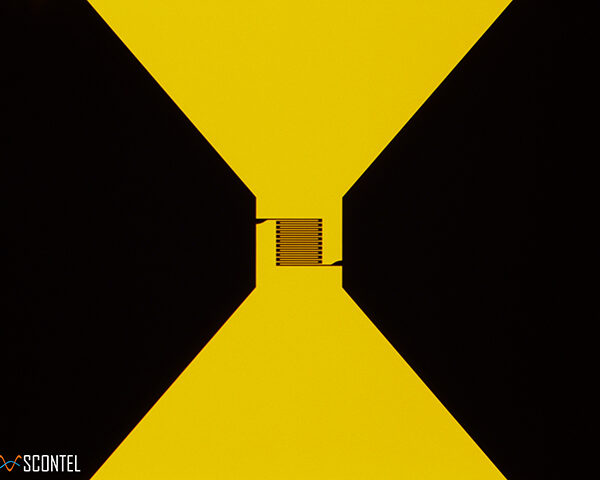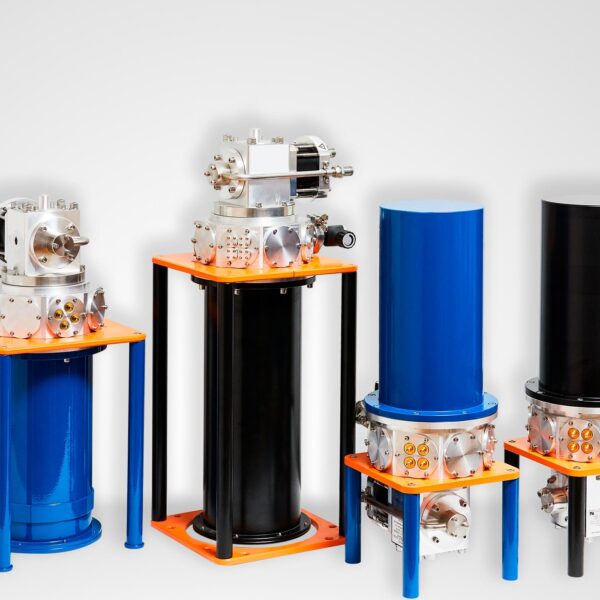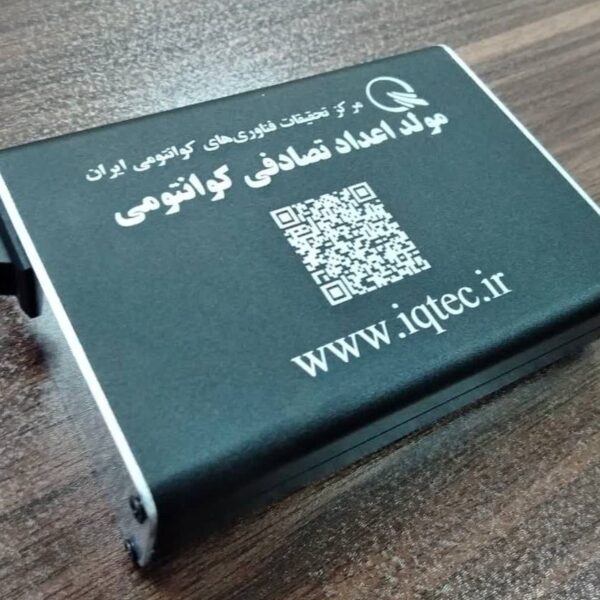Description
Fiber-coupled detectors that outperform any conventional solutions.
The first demonstration of single-photon detection with an SSPD (also referred to as SNSPD) was made in 2001 in MSPU by future SCONTEL employees. Starting from that moment the performance of the detectors was pushed forward drastically. Nowadays, our detectors make a strong rivalry to established APD and PMT technologies outperforming them in many if not all specifications. The strong side of SSPDs is remarkably wide spectral range of operation from visible to mid-IR, and unprecedented speed which is obtained thanks to superconducting to normal state transitions. Our detectors could sustain active operation for more than 4 weeks being resistant to damage by optical and electrical power spikes.
»» SYSTEM SETUP
Our systems are available in three types:
Standalone SSPD module
A compact module that contains a fiber-coupled detector of the desired type. The final characteristics of the detector are dependent on its base temperature.
Liquid helium dipstick for a dewar
The dipstick is a simple and compact system type that requires liquid helium and a vacuum pump to achieve the base temperature of 1.7 K. One dipstick can comprise up to 4 SSPDs. Dipstick operating time is only limited by LHe residue in a dewar.
Closed-cycle refrigerators
Refrigerators based on the Gifford-McMahon cycle. The base temperature of 2.2 K (0.8 K optionally) is achieved with just a push of a button. Our cryostats can cool down up to 16 SSPDs with required characteristics. One cooling cycle can be up to 4 weeks of continuous operation.
»»CONFIGURATIONS
Depending on the requirements of your experiment, we configure the detectors for different operation ranges and optimize their efficiency, noise and temporal resolution. Our detectors are characterized by their modification:
- High-efficiency detectors (HED) - the optimal combination of high system efficiency and temporal resolution, low noise, moderate bandwidth.
- Ultra-high-efficiency detectors (U-HED) - modified HED version that is operated at lower temperatures and therefore has a better performance by all parameters.
- Broadband detectors - optimized optical cavity increases the bandwidth with a moderate drop in system efficiency.
- Low-noise detectors - variable filtering techniques are applied to decrease the dark count rate of the devices down to 1 count per second. Detectors have a much narrower spectral response.
- Low-jitter detectors - temporal resolution 25 ps.
- Multimode large-area detectors - NEW
- Ultra-low-noise detectors - NEW
- Photon-number-resolving detectors - NEW
Further detector configuration establishes their operating range, which influences other characteristics. We offer detectors optimized for three operation ranges:
- Short-wave 700-1300 nm
- Telecom-wave 1300-1600 nm
- Long-wave 1600-2300 nm
Specifications of a top-line detectors:
- 90% System efficiency
- 1 dark count per second
- 35 ps temporal resolution


